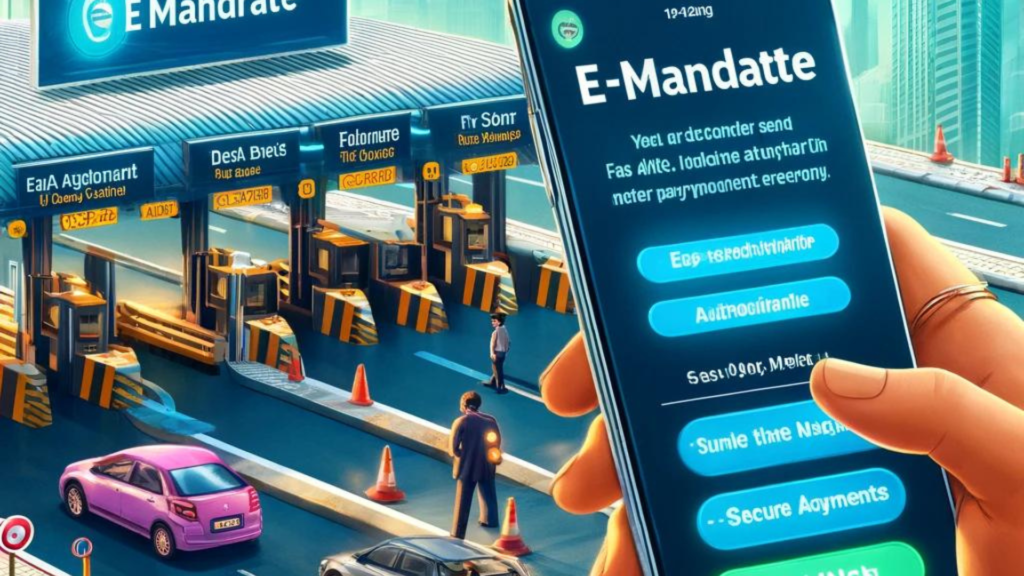
The Reserve Bank of India (RBI) has introduced a new facility allowing FASTag and National Common Mobility Card (NCMC) users to recharge using a recurring payments mechanism via e-mandate. This move aims to simplify the process by enabling automated payments, ensuring timely and seamless transactions.
Key Features:
- Automated Payments: Users can set up recurring payments, reducing the need for manual intervention.
- Convenience: Ensures seamless and timely recharge for commuters, enhancing overall user experience.
Benefits of the E-Mandate System:
- Efficiency: Saves time and effort by automating recurring transactions.
- Reliability: Ensures that users’ FASTag and NCMC accounts are always funded, avoiding disruptions during commutes.
- User Control: Users can manage their e-mandate settings, providing flexibility in handling their payments.
Setting Up Recurring Payments:
- Choose E-Mandate: Opt for the e-mandate option through your bank or payment app.
- Select Frequency: Set the frequency of payments (daily, weekly, monthly).
- Authorization: Authorize the mandate through OTP or net banking credentials.
- Confirmation: Receive confirmation of the setup and start enjoying automated recharges.

Additional Information:
- Security: The e-mandate system is secured by robust encryption and authentication protocols.
- Customer Support: Dedicated support is available for users facing issues with setting up or managing e-mandates.
- Integration with Apps: Popular banking and payment apps now support the e-mandate feature for easy access.
Toll tax Increase by 5% Across India’s National Highways, you need to know
Conclusion:
The RBI’s initiative to introduce e-mandate for FASTag and NCMC users is a significant step towards enhancing digital payment infrastructure in India. It simplifies the recharge process, making it more efficient and user-friendly.

